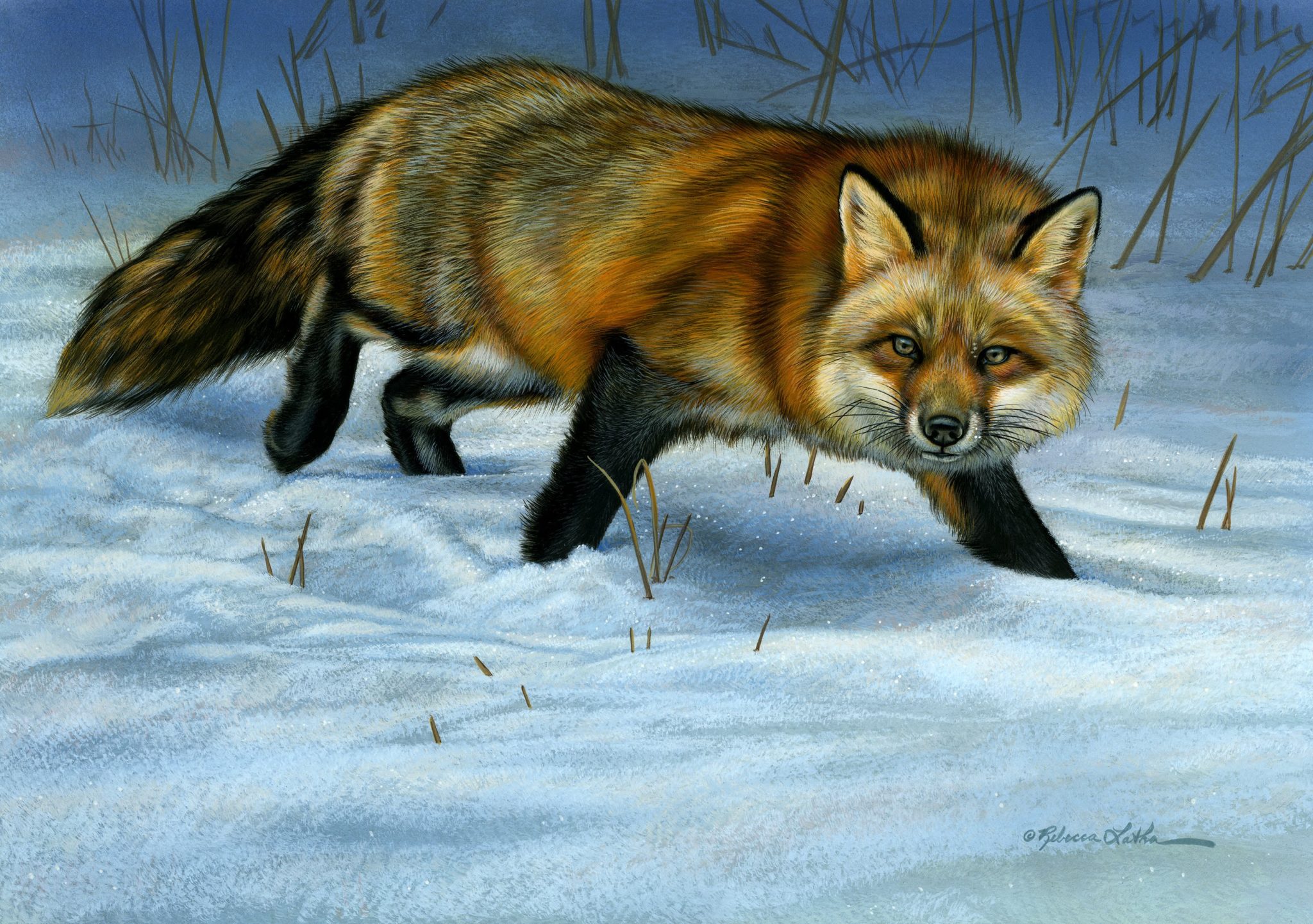As the Winter Solstice arrives, marking the shortest day and longest night of the year, wildlife quietly adapts to the deepening cold and fading daylight. The solstice is more than an astronomical event—it is a turning point in nature, signaling the gradual return of longer days and the resilience of animals that thrive in winter’s embrace.
How Wildlife Responds to the Solstice
For many species, the solstice is a time of adjustment and endurance. Some animals, like deer and foxes, have already grown their thick winter coats, insulating them against the dropping temperatures. Others, like bears, have settled into hibernation, conserving energy until the warmth of spring returns.
Birds, particularly those that remain through the winter, shift their behaviors to maximize daylight for foraging. Owls take advantage of the extended darkness, using their keen senses to hunt under the cover of night. Meanwhile, smaller songbirds fluff their feathers for warmth, seeking shelter in dense foliage or tree cavities.
The landscape itself plays a role in these adaptations. Snow-covered ground reflects light differently, creating a cool, diffused glow that softens shadows and highlights. The crisp air lends a stillness to the environment, making every movement—whether the flick of a rabbit’s ear or the slow tread of a wolf—feel deliberate and measured.
Painting the Essence of the Solstice
Capturing the Winter Solstice in watercolor requires a delicate balance of softness and precision. The layering of cool tones—blues, grays, and muted whites—helps convey the chill of the season, while subtle warm hues in fur or feathers add contrast and life.
One of the most rewarding aspects of painting winter wildlife is the interaction between subject and environment. A lone wolf against a snowy backdrop, a rabbit nestled in frost-covered grass, or a bird perched on an icy branch—all tell a story of survival, adaptation, and the quiet beauty of the season.
Winter’s arrival is not just a change in temperature—it is a transformation of the natural world, a shift in rhythm and resilience. Through painting, I strive to capture not just the visual elements of the season, but the feeling of winter itself—the crisp air, the hushed landscape, and the quiet strength of the creatures that call it home.
